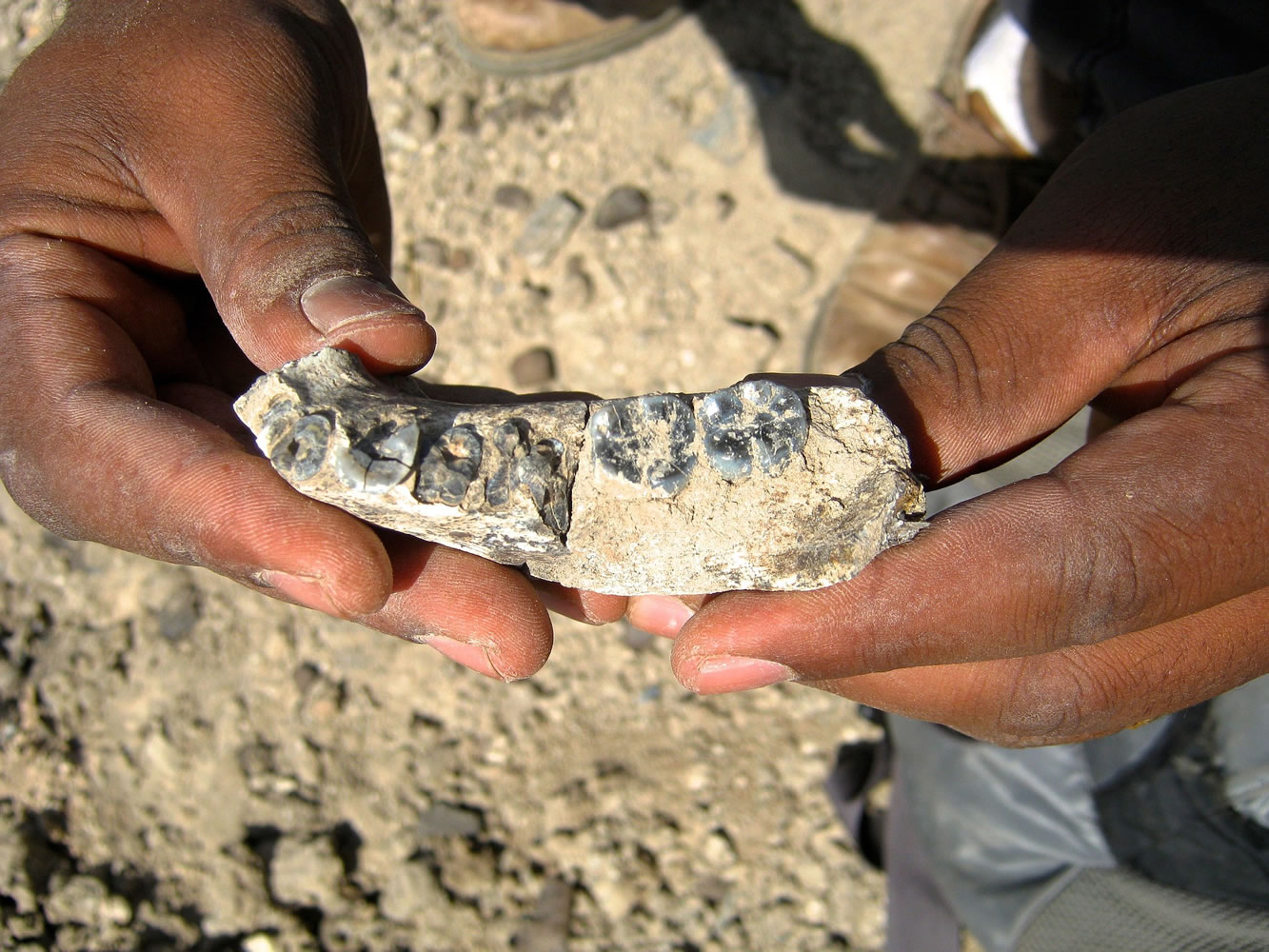NEW YORK — A fragment of jawbone found in Ethiopia is the oldest known fossil from an evolutionary tree branch that eventually led to modern humans, scientists reported Wednesday.
The fossil comes from very close to the time that our branch split away from more apelike ancestors best known for the fossil skeleton Lucy. So it gives a rare glimpse of what very early members of our branch looked like.
At about 2.8 million years old, the partial jawbone pushes back the fossil record by at least 400,000 years for our branch, which scientists call Homo.
It was found two years ago at a site not far from where Lucy was unearthed. Africa is a hotbed for human ancestor fossils, and scientists from Arizona State University have worked for years at the site in northeast Ethiopia, trying to find fossils from the dimly understood period when the Homo genus, or group, arose.



